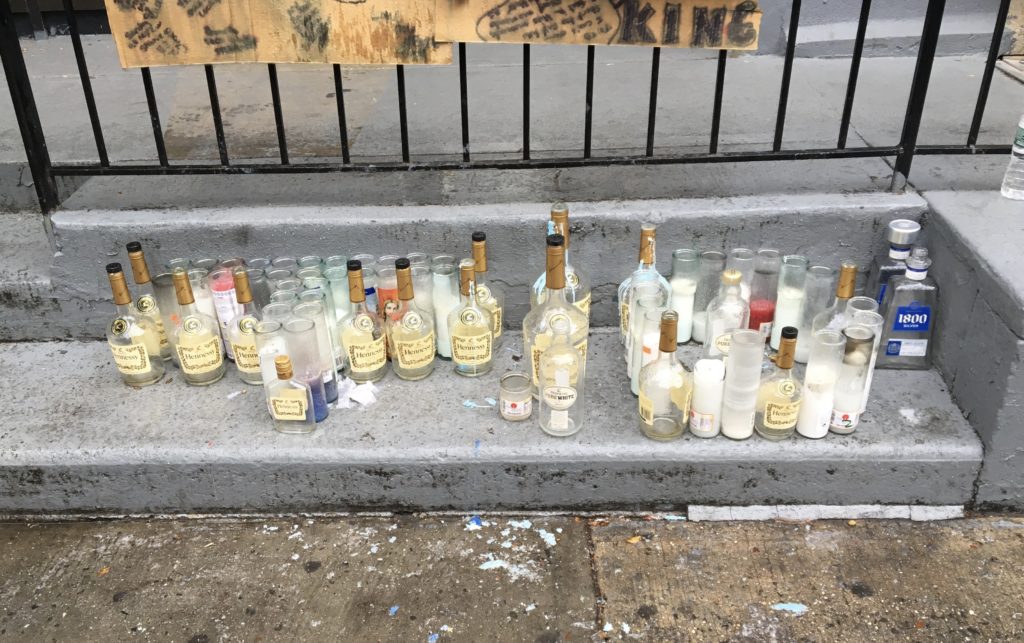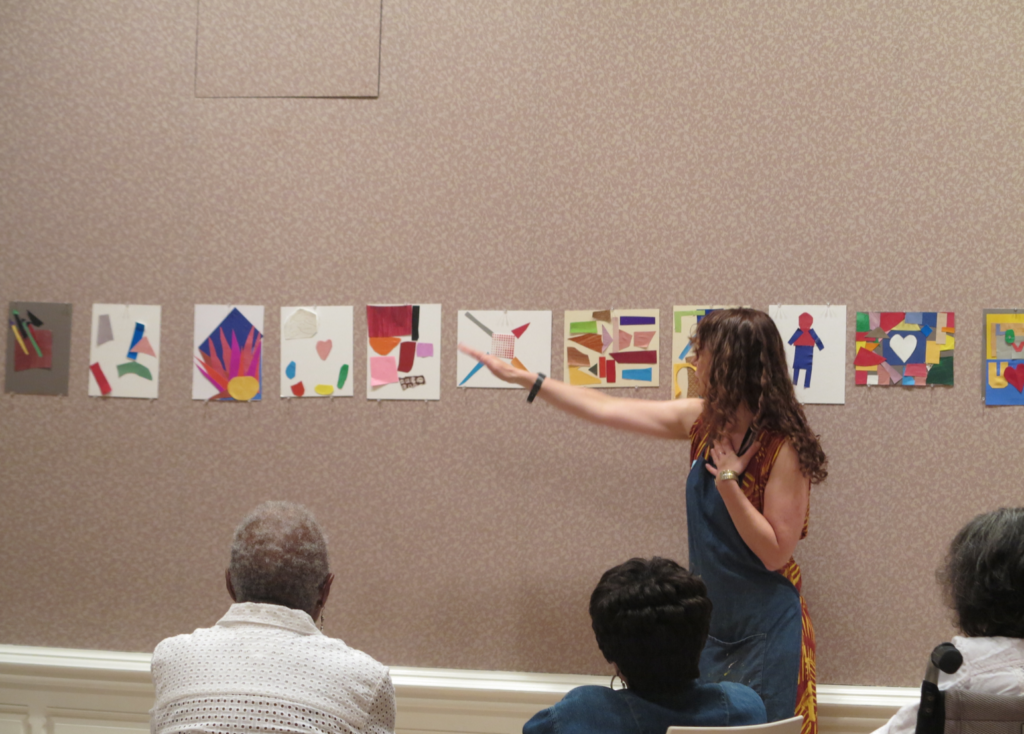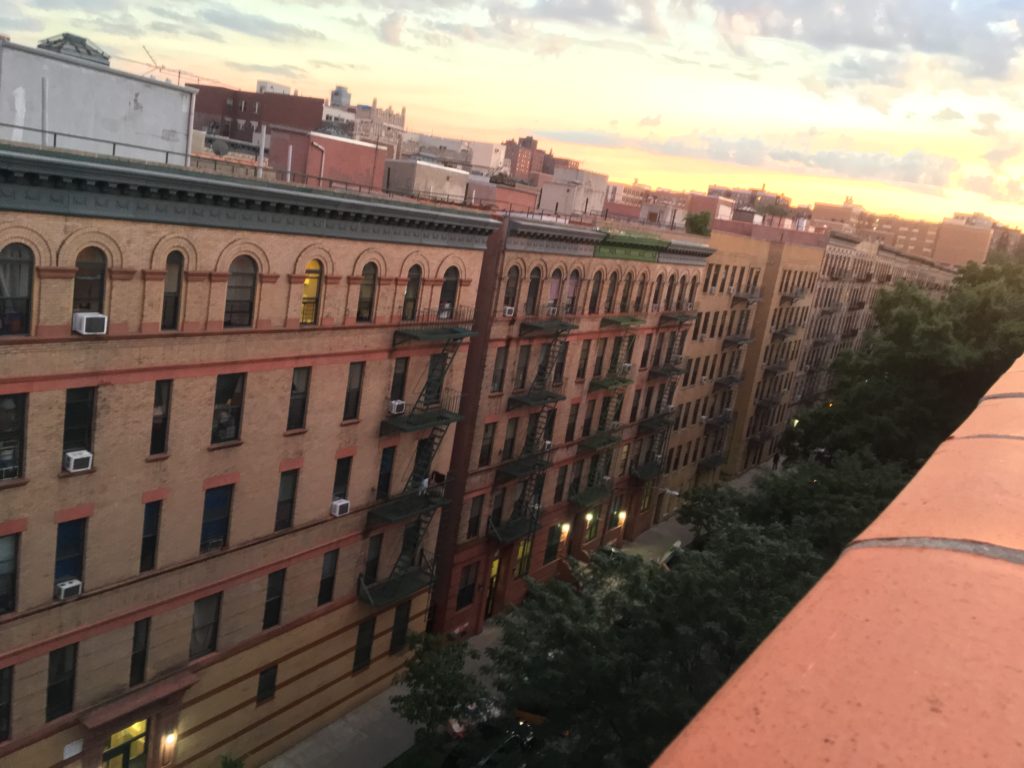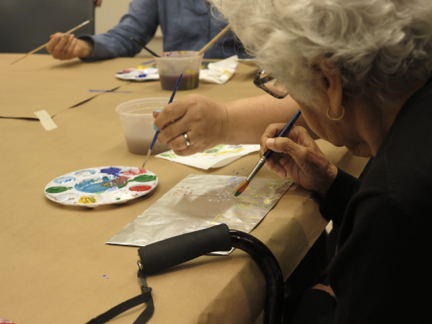Today, at the subway station, a boy was wearing a bulletproof vest. He looked just shy of his early teen years and he looked like he was traveling alone. No one else had a vest on, but if he found this fact remarkable or uncomfortable, he gave no indication.
I try to imagine who gave him the vest to wear, and I picture parents who are afraid for their son. Who pass the same street corners that I do and take a second to ponder the clusters of candles, bottles, and hand-written posters that commemorate blurry photographs of youth. I imagine that they recognize their son in those photographs and have promised themselves that he would not be honored in this way. He would wear a bulletproof vest and he would not be killed. Not by police or gang violence, nor more slowly by systems of poverty, incarceration and the discrimination of resources. Because those are old, familiar stories that are no less fresh in the present. This fear of not being killed is in no way native to my neighborhood. I do not know this type of fear.
Ta-Nehisi Coates speaks of this fear in much of his book, Between the World and Me. He calls it “Fear” with a capital “F.” To Coates, this Fear is a distinct and defining trait in his experience as an African-American man. In his raw and poetic words, he explains how the Fear has dictated the way he moves through the streets, the way he sees the world, the way he was raised, and the way he is raising his son. In the undertones of these explanations is a sense of loss, a knowledge of the divide between this life with fear and and the lives of those identified as white Americans who live without it. In contrast to this Fear is the “Dream.” He writes, “I have seen that dream all my life. It is perfect houses and nice lawns…And for so long I have wanted to escape into the Dream, to fold my country over my head like a blanket. But this has never been an option because the Dream rests on our back, the bedding made from our bodies.”
The heaviness to this text does not just come from the rawness of his writing and the loss underneath it. To his audience, he makes a point of not offering hope. He does not use his pages to mention change to the readers or a greater purpose for the loss of black lives. He speaks only of his reality. He explicitly refuses the comfort of the church, an institution deeply entangled in the ongoing story of white supremacy. I also get the impression that he does not want his loss so easily chased down by the language of heaven and hope.
In my experiences in the American church, and American culture as a whole, I have not seen much space for the rhetoric of hopelessness. In dialogues about the continuous fight for civil rights, conversations are often concise and controlled, ending with an action-step or an uplifting conclusion. In most of these instances, I assume this move is done to ensure that such heavy talk does not shut the participants down or digress them from belief in divine promises of restoration. In times of death, I often hear mention of “the Bigger Picture,” “God’s Will,” or Jeremiah 29:11 with no context.
This community needs to do a better job at sitting with lament, of allowing each other the time to feel pain and recognize hopelessness before reaching for the language of “hope,” a word which can be used so flatly at times. Without this time of heaviness, we risk alienating ourselves from those who live with this fear and hopelessness. More dangerous, we risk giving ourselves opportunity to shirk past blame and the confessions we need to answer for by irresponsibly replacing talk of repentance and reform with mechanical Christian-lingo and condolences. It takes the burden off of the American church, the policy maker, the white Christian, to admit being part of the problem and to commit to making hard changes. Fixing eyes on heaven should not devalue anyone’s body and their life on Earth.
Coates does not believe in heaven. He calls “destruction of the body” the destruction of everything and he dismisses any cosmic explanation for the deaths of African-Americans. He distances himself from the hope that the church points to beyond death. What his writings do offer the church is an example of how to live present to the vast array of lives that we share the earth with. An example of how to better co-suffer: to lament the losses, the injustices, the inequalities, the killings. To lament in a way that recognizes hopelessness as a state of being, even if there is hope to offer and change to be made. So after walking past the street-side vigils and encountering the boy in the bulletproof vest, I do not think I should talk now about hope. First, I want to take the time to feel sad and hopeless. Sad for the loss of life, and hopeless that my own quality of life benefits from it. I need to take the time to pause every night when out of my window I hear the pop-pop of fireworks celebrating summer in the city. And I must remember that last week, at least one of those pop-pops were not fireworks but a round of gunfire that took the life of an eleven year-old boy a few blocks away. “A child shooting child” as my neighbors told me.
And I think it is wrong for me to talk about how to change these things and how to be hopeful in the middle of the process of grief and the assurance of a fear that does not belong to me. I think it is wrong for me to respond any further to the writing of Ta-Nehisi Coates because any word I say would only divert an extra second that should have been used to pour back over his writing and further surrender to the heaviness of his words. There is a time to offer hope, and this time is essential. There is a time to talk reform and politics, to protest, to act, to fight for difficult changes. But this should not substitute the time of lament. Time to sit in silence next to the vigils, or reflect on the life of an eleven year-old boy whose name I could not catch.




